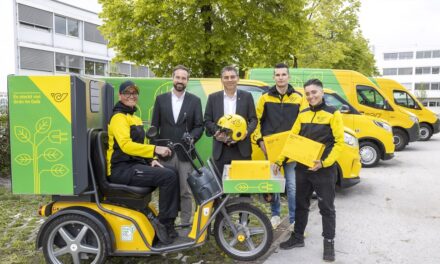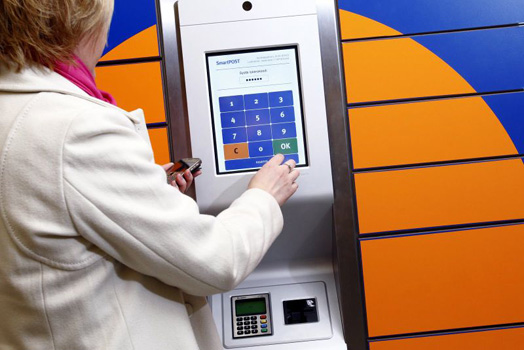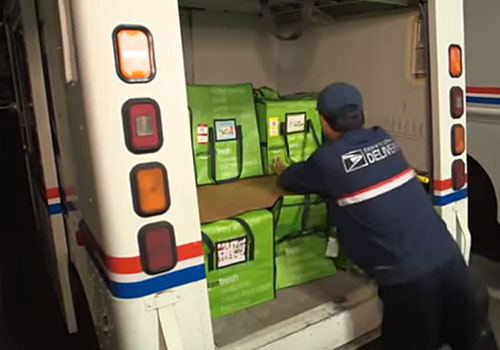
US postal depot unveils new solar upgrade
The U.S. Postal Service has unveiled its new solar-powered plant at the San Francisco Processing and Distribution Center.
The Delivering Clean Energy Project, a collaboration with Chevron, is estimated to save the Postal Service $1.2 million annually in heating and lighting costs at one of its largest Northern California centers. The plant processes 7.5 million pieces of mail a day and is the Bayview district’s largest employer.
“We do care about the environment,” said Thomas Day, the Postal Service’s senior vice president of government relations. “And we care, quite honestly, about saving money.”
Day spoke at the Feb. 9 ceremony, along with representatives from the state and the U.S Environmental Protection Agency, before pulling down the ceremonial switch on a project that began implementation more than a year ago. The $15 million project combined funds from projected energy savings ($8.3 million),
$4 million from the Postal Service’s CFC refrigerant replacement program and a $2.3 million rebate check from Pacific Gas & Electric Co. The state of California also gave alternative energy grants to the project.
The financial savings due to roughly 46 percent less demand for electricity and 69 percent less for heating, have already been seen and should fully cover the cost of the project within seven years, according to Chevron Energy Solutions.
The environmental savings are a reduction of 6,600 tons of carbon dioxide a year, the equivalent of planting 1,800 acres of trees, said Stephen Johnson, administrator of the EPA.
The retrofit consists of a 185-kilowatt solar system using panels mounted on top of the parking lot and a 100-kilowatt system using amorphous-silicon panels — a flexible material essentially laminated onto the roof of the building.
According to engineer John Gajan, it is a “relatively no-maintenance system.”
Also in use at the site are a new chiller system that modifies the building’s temperature without releasing CFCs, and a 250-kilowatt hydrogen fuel cell, which also generates power for the plant.
The fuel cell system uses the chemical energy of hydrogen to generate electricity without combustion, creating a quieter system as well as one needing less fuel.
Day said given the continual increase in automation at USPS facilities, finding cheaper methods of energy remains a priority.
Johnson said the project is another step toward fulfilling President Bush’s aim of lowering dependence on foreign oil.
Johnson said the president has dedicated $5 billion a year toward energy-technology research and has set a goal of increasing the United States’ use of alternative fuels from 4 billion gallons last year to 7.5 billion gallons by 2012.












